Rescuers working with the International Fund for Animal Welfare (IFAW) continue to work off Cape Cod, Massachusetts in a large effort to save more than 100 dolphins that were found stranded this weekend.
This situation has since been called the “largest single mass stranding event” seen in the organization’s 26-year history.
Stranded Dolphins
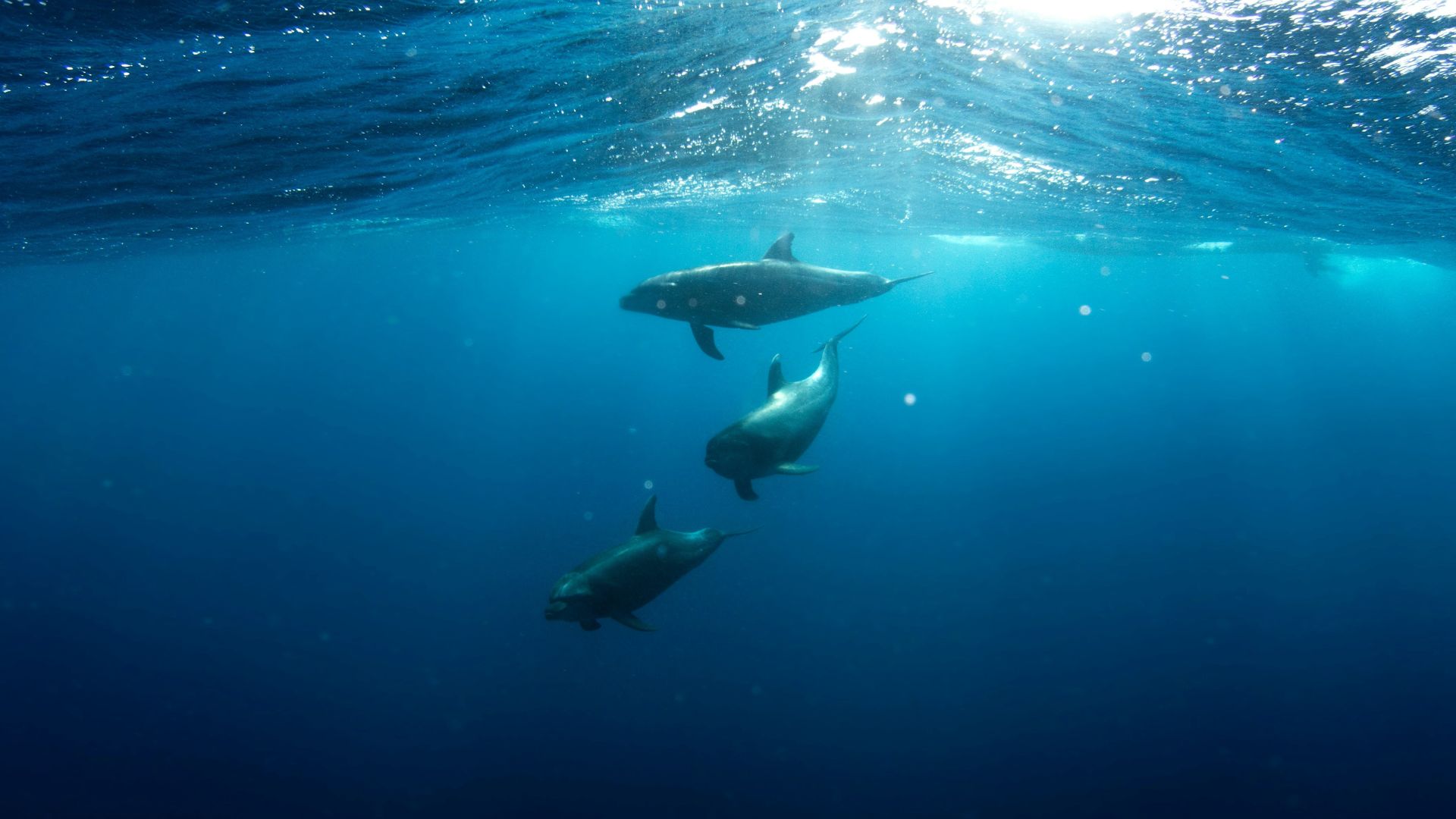
Early Friday morning, the IFAW was notified that about 125 Atlantic white-sided dolphins were stranded in Wellfleet, an area that is full of shallow mud.
This specific region of Wellfleet, which is about 100 miles southeast of Boston, is called the “Gut”.
A Dangerous Area for Dolphins

Unfortunately, this area is also considered quite dangerous. Stacey Hedman, IFAW’s communications director, explained that the Gut is a “very difficult location with dangerous mud.”
When the IFAW arrived at the scene, they realized that the Herring River Gut was the “epicenter of our mass strandings.”
10 Dolphins Have Died
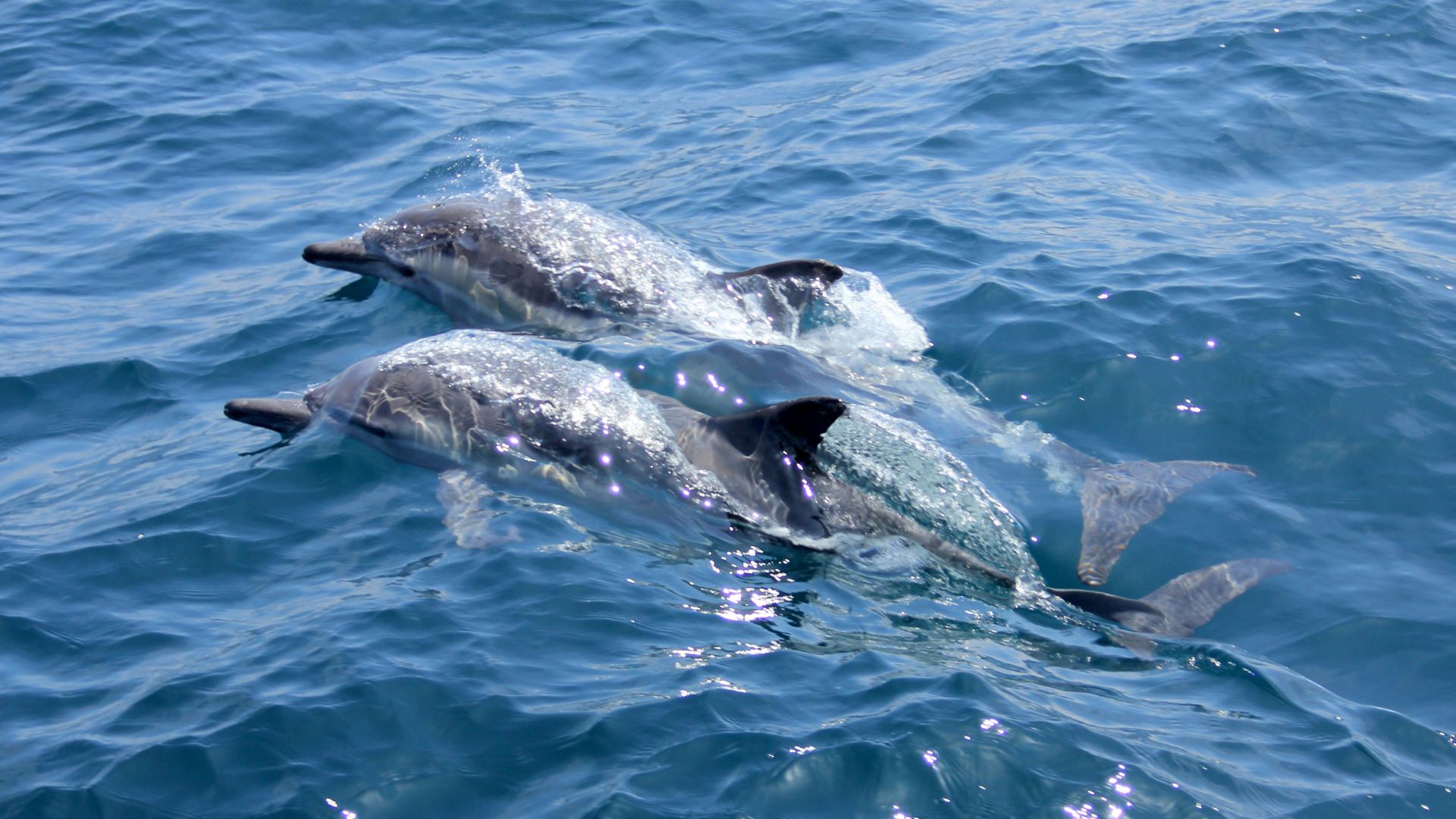
Before IFAW was able to arrive to begin their efforts to save these dolphins, 10 had already died. In total, 125 were left stranded in this one area.
On Friday, experts and volunteers began to herd these remaining dolphins to encourage them to move back to deeper waters.
Hundreds of Volunteers Get to Work
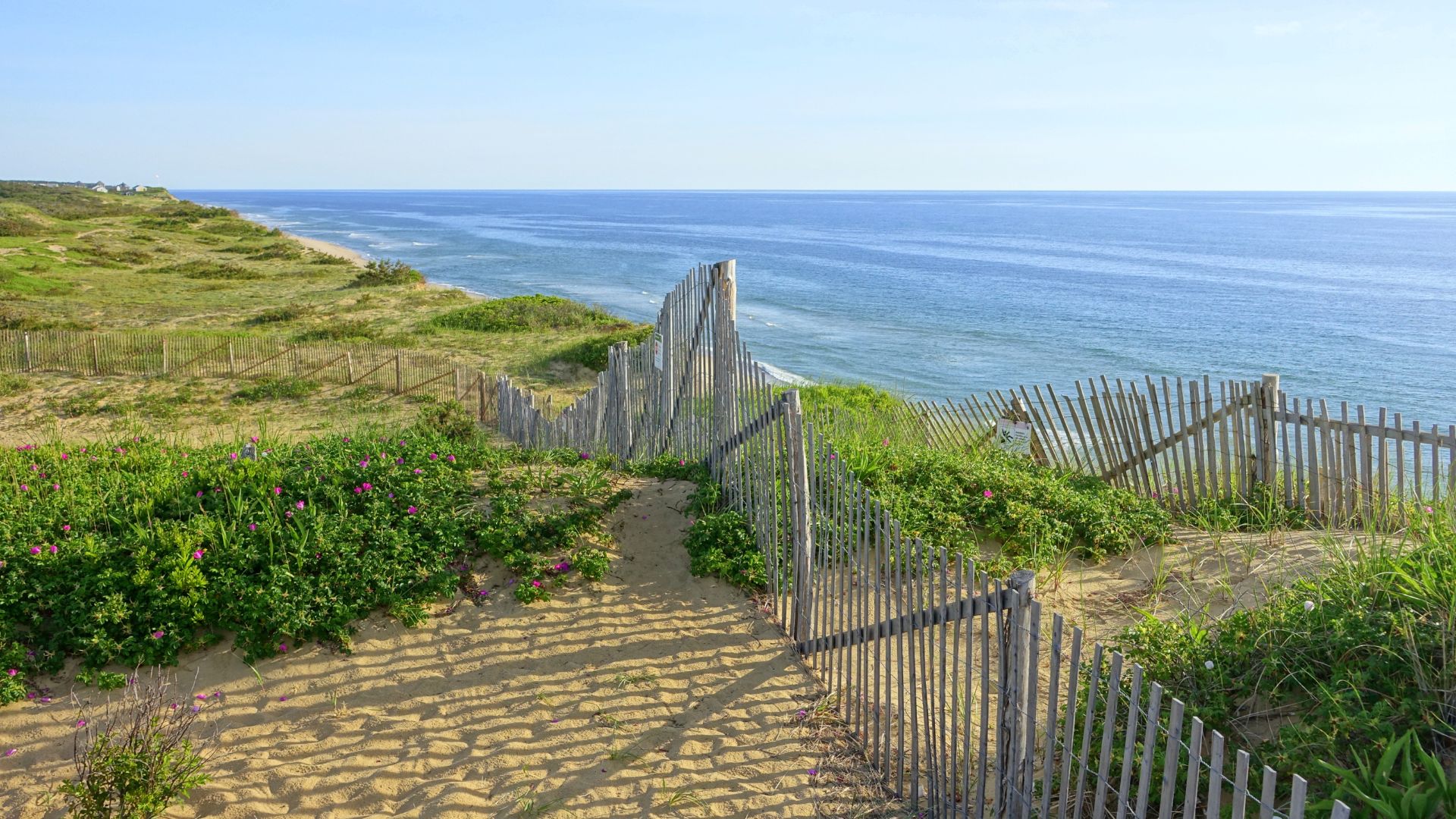
According to the IFAW, this massive stranding event called for a large amount of workers. Luckily, 100 volunteers were able to assist in the effort, alongside 25 fund workers.
These rescuers began their mission on Friday and continued on into Saturday. On Saturday, rescuers went on a 12-hour effort to try to save more dolphins and get them out of this noted stranding area.
The Rescue Mission
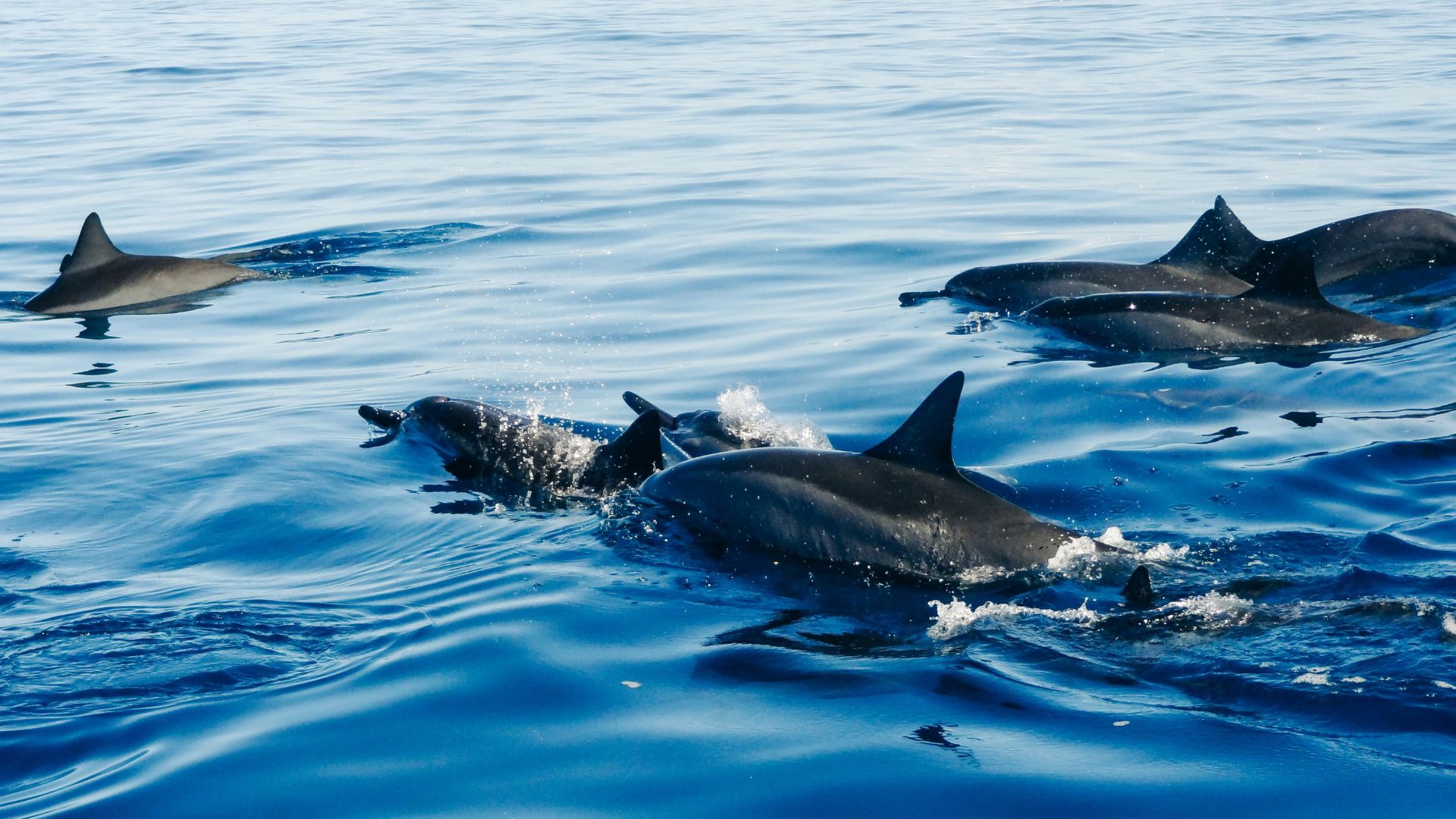
When workers and volunteers first arrived at the scene, they began their mission on foot as they tried to coax dolphins back into a certain area so they could leave the stranding zone.
However, when the water returned to high tide around 5 p.m. on Friday, rescuers began to use boats to successfully refloat the dolphins until sunset.
A Noted Stranding Area
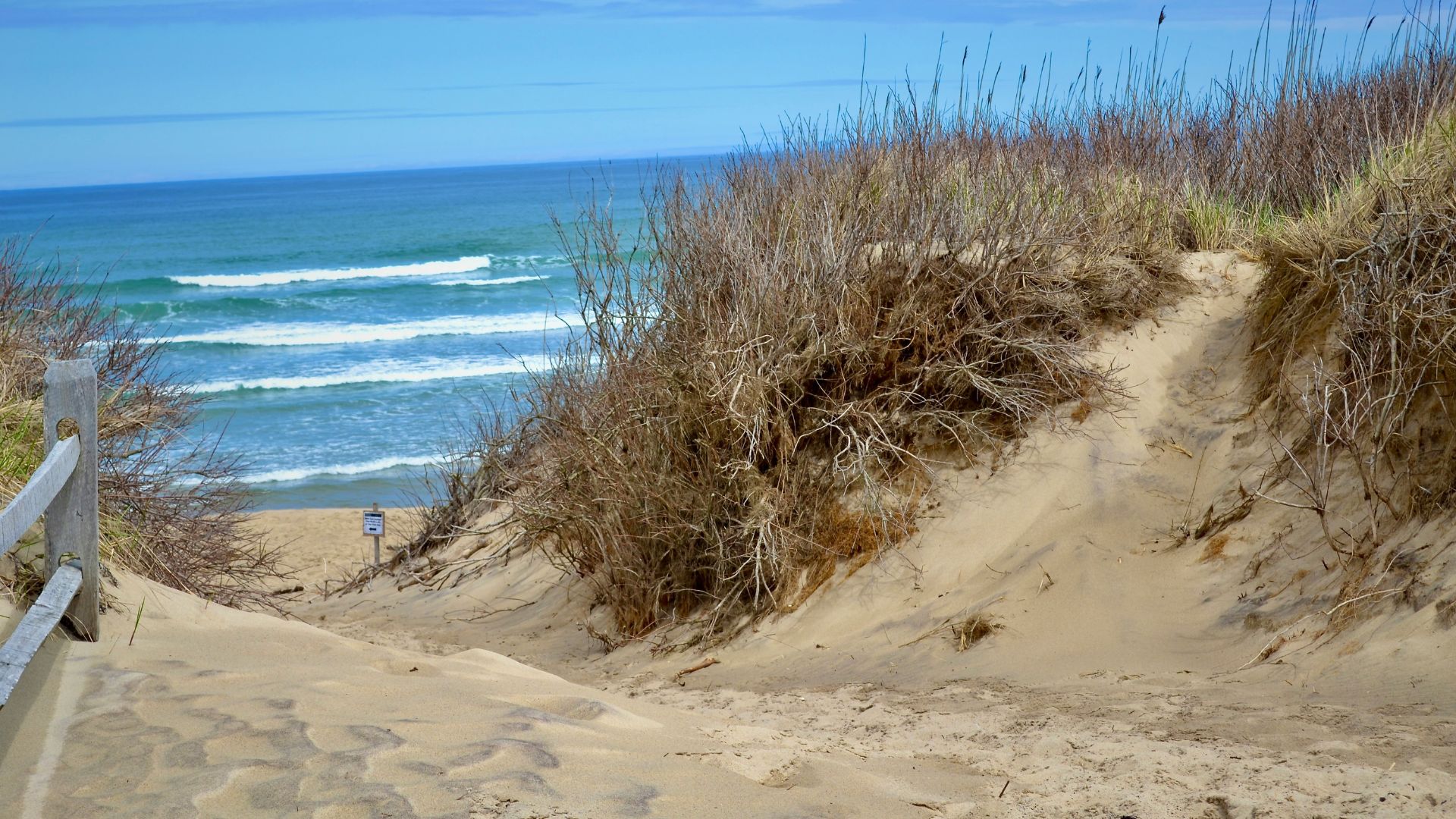
Though this current event may be the largest stranding event seen, according to the IFAW, the area where these dolphins have been found stranded is known to local experts as a hotspot for these types of situations.
Hedman explained, “Cape Cod is a global stranding hotspot due to the curvature of our shores and the fluctuation of our tides.”
A Hotspot in Cape Cod

The IFAW has explained that, thanks to Cape Cod’s shores and tides, the 12 miles of shoreline allow more dolphins to get stranded than any other place around the world.
However, even with this knowledge, the fund hasn’t seen this many dolphins become stranded during one event in their organization’s history.
Sunday’s Efforts
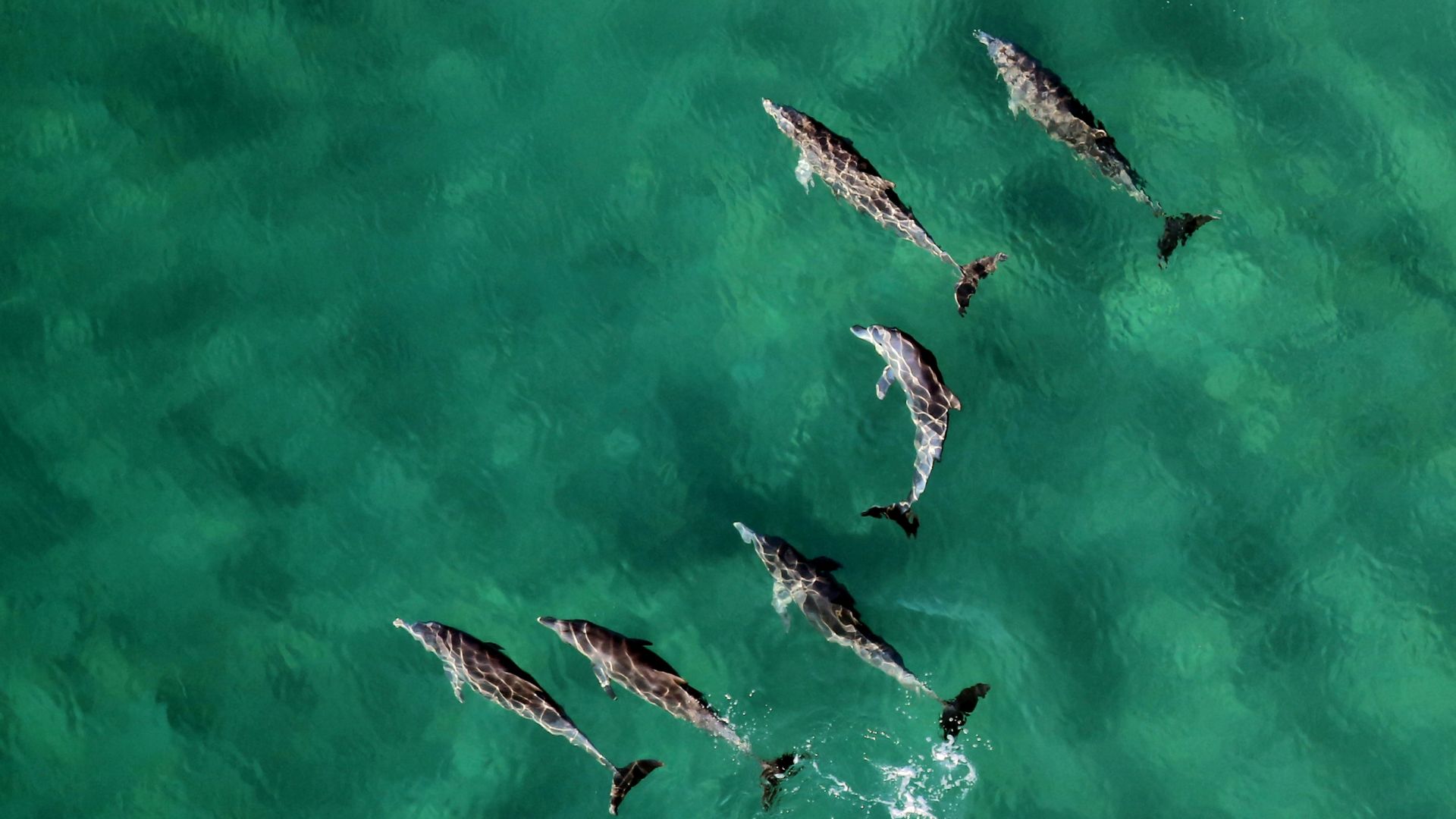
By Sunday morning, the IFAW was able to only have between 10 to 20 dolphins left stranded in the region.
Hedman stated, “Those spotted this morning are likely the same dolphins. They are still swimming but close to shore.”
Continuing to Herd the Dolphins
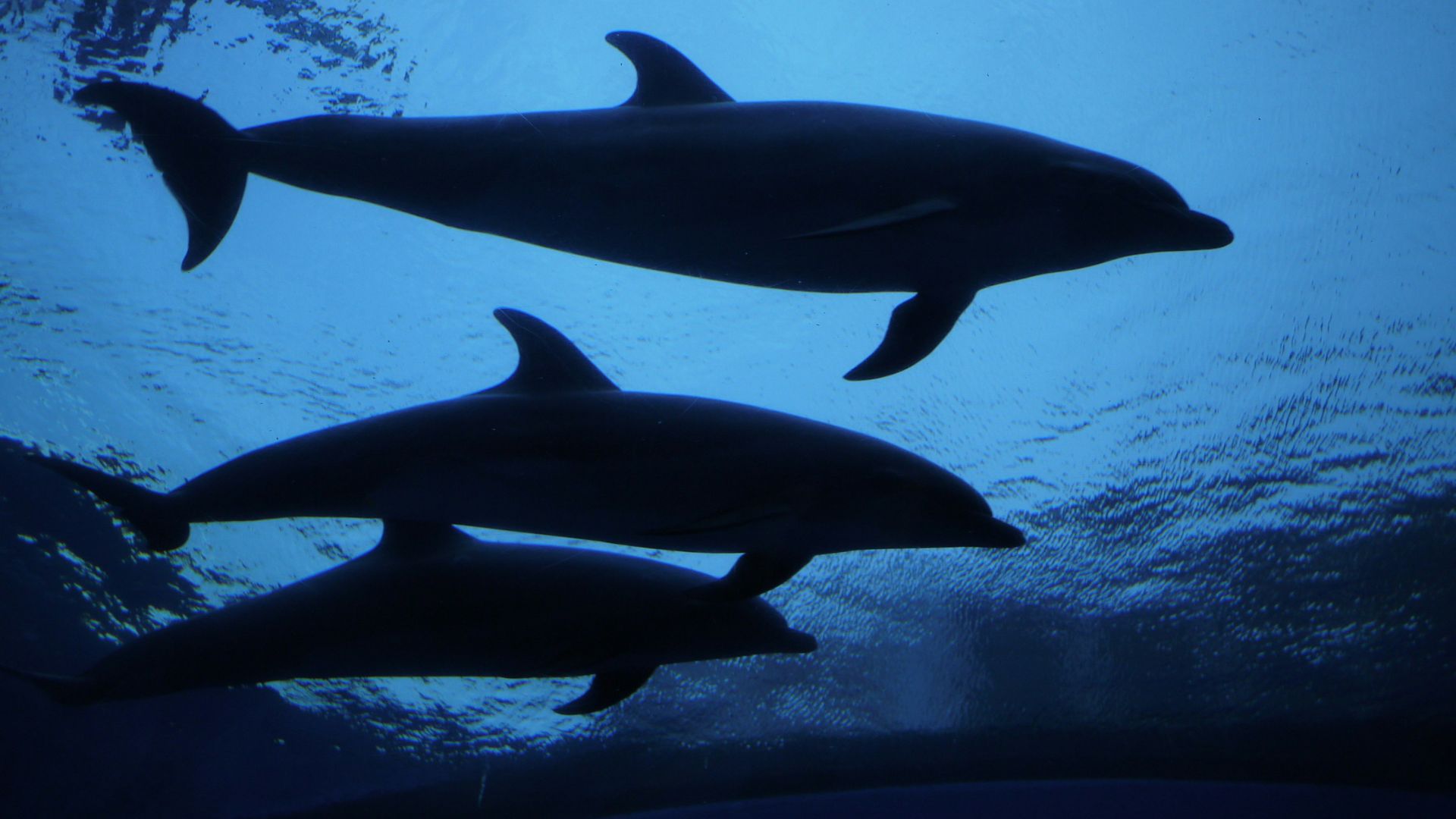
Workers began to herd these remaining dolphins at first light on Sunday morning, attempting to push them towards deeper water so they wouldn’t be swimming in the dangerous areas.
These efforts have so far been successful. However, volunteers also found a group of 25 dolphins swimming close to the Eastham shore, which is just south of Wellfleet.
A Difficult Challenge
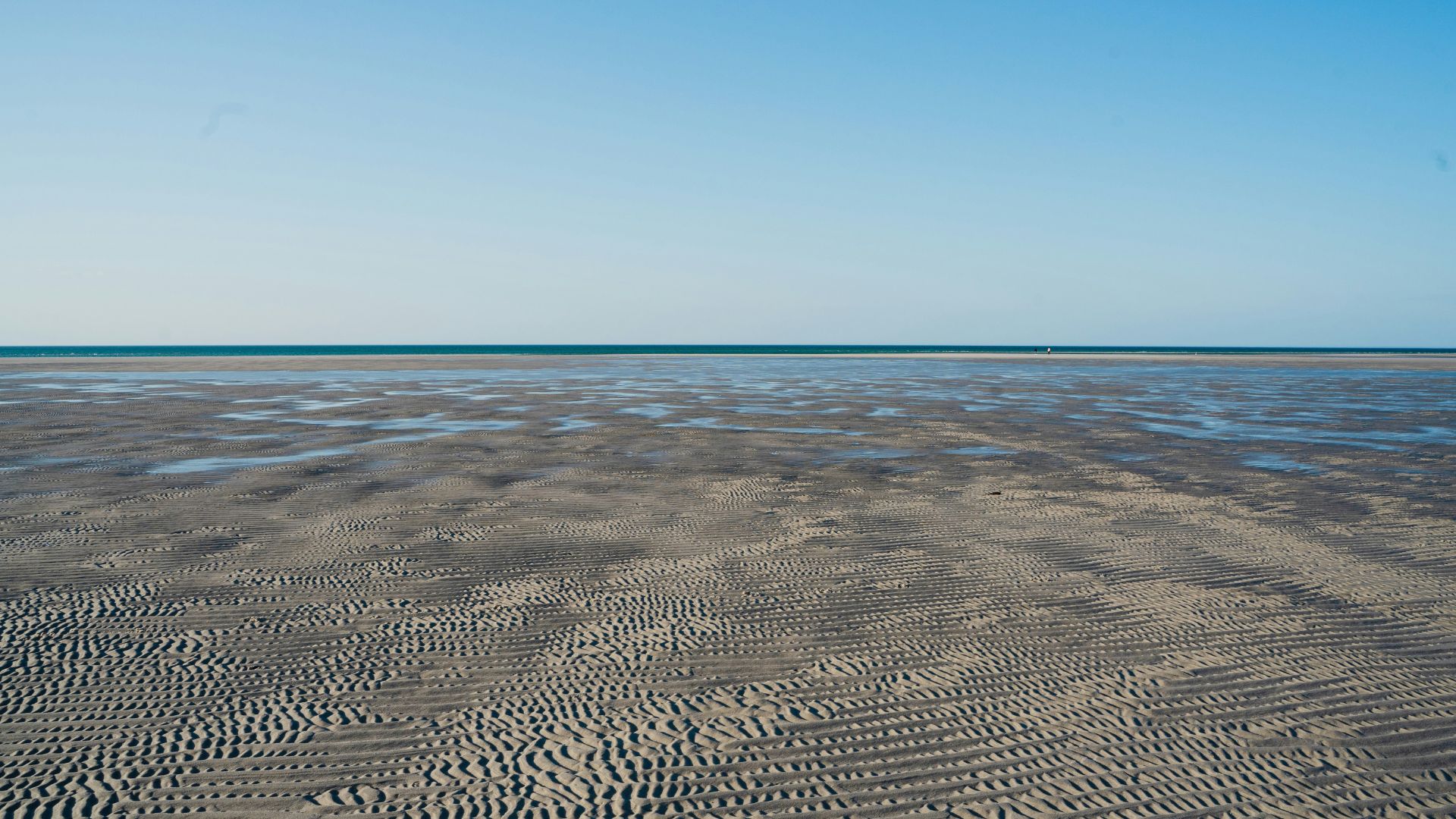
Misty Niemeyer, the IFAW’s stranding coordinator, explained that this situation was an incredibly difficult challenge.
“This rescue had many challenges due to the number of dolphins, the large size of many of the animals, how spread out they were over a large area, the difficult mud conditions, and the complicated locations from which we could reach them,” Niemeyer said.
Dolphins May Continue to Be Stranded
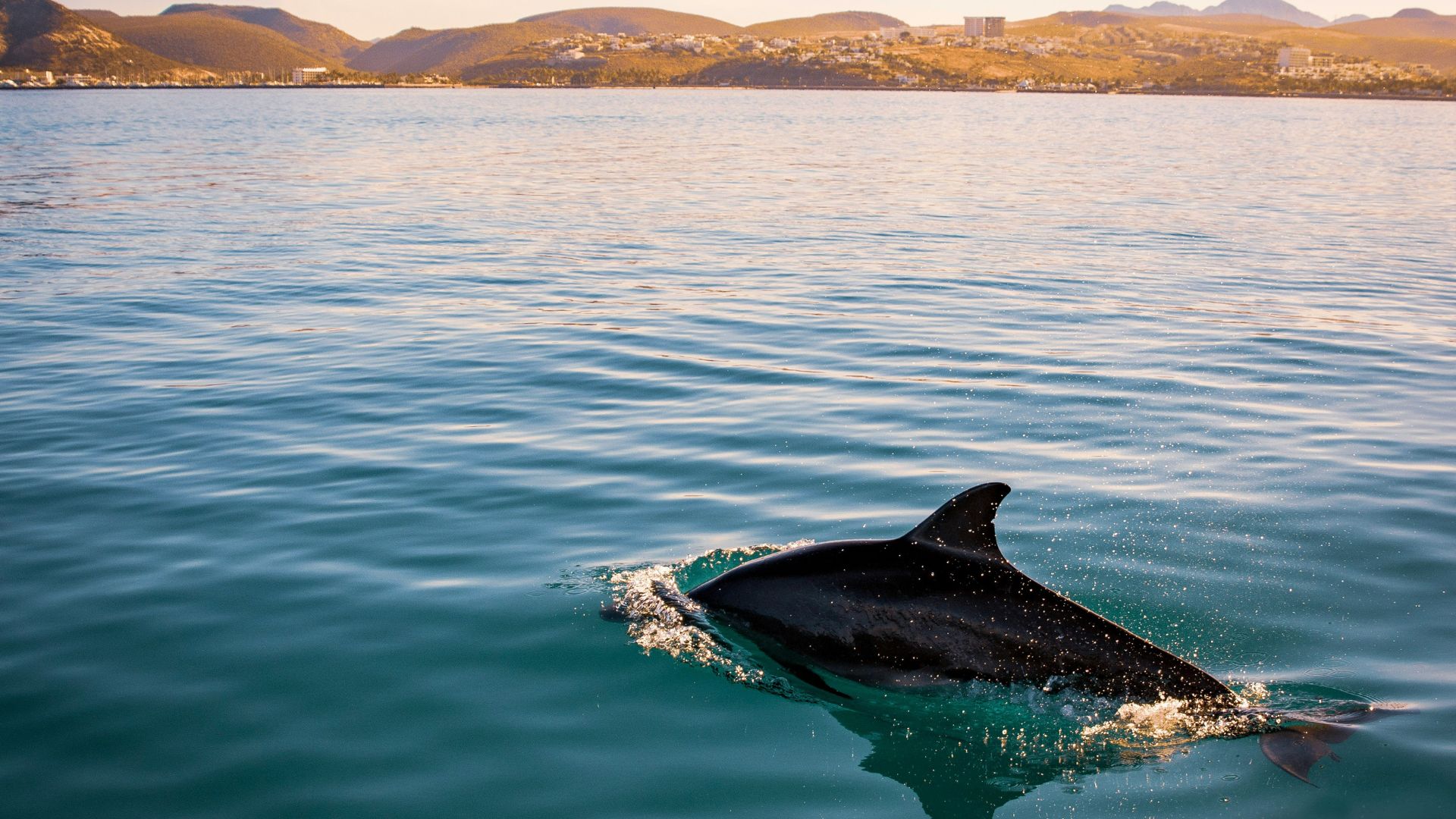
Hedman stated that, though these dolphins have almost all been herded out to safer waters, there is a worry that these mammals will return to these dangerous areas, especially considering it’s a known hotspot.
When asked about the animals that have been herded out successfully, she explained they were, “at least for a time.”
